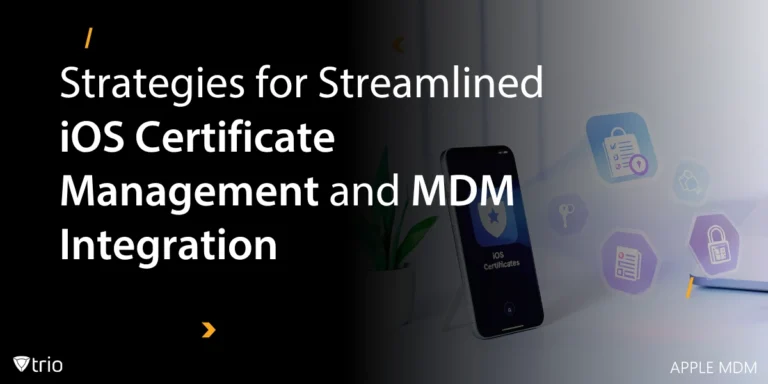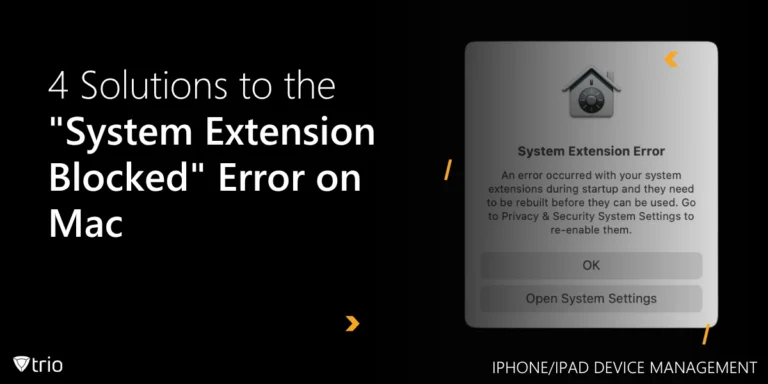Cybersecurity is a priority for organizations of all sizes. A crucial component of maintaining robust security is the implementation of a Responsible Disclosure Policy. This policy serves as a framework for security researchers to report vulnerabilities ethically and for organizations to address these issues effectively. In this blog post, we'll delve into the intricacies of responsible disclosure, its importance, and how to implement it successfully.
What is a Responsible Disclosure Policy?
A Responsible Disclosure Policy is a set of guidelines that outline how an organization handles reports of security vulnerabilities in its systems or products. It provides a structured approach for security researchers to report potential issues without fear of legal repercussions, while also giving organizations a framework to address these vulnerabilities systematically.
The Importance of Responsible Disclosure
Implementing a responsible disclosure program offers several benefits:
- Enhanced Security: By encouraging security researchers to report vulnerabilities, organizations can identify and fix issues before malicious actors exploit them.
- Improved Reputation: A well-managed disclosure process demonstrates an organization's commitment to security, enhancing trust among customers and stakeholders.
- Legal Protection: Clear guidelines can help prevent misunderstandings that might otherwise lead to legal conflicts between researchers and organizations.
- Collaborative Approach: It fosters a positive relationship between organizations and the security community, leading to better overall cybersecurity practices.
Key Components of a Responsible Disclosure Policy
- Scope: Clearly define which systems, products, or services are covered under the policy.
- Reporting Guidelines: Provide detailed instructions on how to submit a vulnerability report, including the preferred communication channels and required information.
- Timeline: Outline the expected timeframe for initial response, vulnerability confirmation, and resolution.
- Legal Safeguards: Assure researchers that the organization will not pursue legal action against those who comply with the policy.
- Rewards or Recognition: Consider offering bug bounties or public acknowledgment for valuable reports.
Responsible Disclosure Policy Example
Here's a simplified example of what a responsible disclosure policy might include:
"[Organization Name] is committed to ensuring the security of our systems and protecting our users' data. We value the input of security researchers and encourage the responsible disclosure of any vulnerabilities you may discover.
To report a vulnerability:
- Email our security team at security@example.com with detailed information about the potential issue.
- Provide sufficient details to reproduce the vulnerability.
- Allow us a reasonable amount of time to investigate and address the issue before any public disclosure.
We pledge to:
- Respond to your report within 5 business days.
- Keep you updated on our progress.
- Not pursue legal action against researchers who comply with this policy.
- Recognize your contribution if you wish, once the vulnerability is resolved."

The Vulnerability Disclosure Process
A coordinated vulnerability disclosure process involves multiple stakeholders working together to address and disclose vulnerabilities responsibly. This approach can be particularly effective for complex vulnerabilities that affect multiple vendors or systems. Here are the steps in the process:
- Initial Contact: The security researcher contacts the organization through the designated security contact.
- Submission: A detailed vulnerability report is submitted, outlining the issue and steps to reproduce it.
- Acknowledgment: The organization's security team acknowledges receipt of the report.
- Investigation: The team works to understand and confirm the vulnerability.
- Resolution: Once confirmed, the organization develops and implements a fix.
- Verification: The researcher may be asked to verify that the fix resolves the issue.
- Disclosure: After resolution, the vulnerability details may be publicly disclosed, depending on the agreed-upon terms.
Best Practices for Organizations
- Establish Clear Guidelines: Develop a comprehensive policy that outlines the entire process from submission to resolution.
- Provide Secure Communication Channels: Offer encrypted methods for researchers to submit sensitive vulnerability details.
- Be Responsive: Aim to acknowledge submitted reports within 48 hours.
- Set Realistic Timelines: Commit to addressing confirmed vulnerabilities within a reasonable timeframe, typically 90 days.
- Offer Recognition: Consider implementing a bug bounty program or providing public acknowledgment for valuable reports.
- Educate Internal Teams: Ensure that all relevant staff understand the importance of the responsible disclosure process and how to handle reports.
Best Practices for Security Researchers
- Follow the Policy: Adhere to the organization's responsible disclosure guidelines.
- Provide Detailed Reports: Include clear steps to reproduce the vulnerability and potential impact.
- Avoid Social Engineering: Don't attempt to access non-public data or systems beyond what's necessary to demonstrate the vulnerability.
- Be Patient: Allow the organization sufficient time to investigate and address the issue.
- Respect Confidentiality: Don't disclose vulnerability details publicly before the agreed-upon timeline.
Challenges in Responsible Disclosure
While responsible disclosure is beneficial, it's not without challenges:
- Disagreements on Timelines: Researchers and organizations may have different expectations regarding resolution timeframes.
- Scope Disputes: There may be disagreements about whether a reported issue falls within the policy's scope.
- Communication Breakdowns: Poor communication can lead to frustration on both sides.
- Legal Concerns: Despite safeguards, some researchers may still fear potential legal action.
- Resource Constraints: Organizations may struggle to address all reported vulnerabilities promptly.
Introducing Trio MDM: Enhancing Your Organization's Security Posture
While a robust responsible disclosure policy is crucial, organizations also need powerful tools to manage and secure their digital assets effectively. Trio MDM is a comprehensive Mobile Device Management solution designed to help organizations secure, manage, and monitor their mobile devices and endpoints. With Trio MDM, IT administrators can:
- Enforce security policies across all managed devices
- Quickly deploy patches and updates to address vulnerabilities
- Monitor device health and security status in real-time
- Remotely wipe sensitive data from lost or stolen devices
- Ensure compliance with industry regulations and internal policies
By implementing Trio MDM alongside a strong responsible disclosure program, you can significantly enhance your organization's overall security posture. Trio MDM provides the tools needed to quickly act on reported vulnerabilities, ensuring that all managed devices are protected against potential threats.
We invite you to experience the power of Trio MDM for yourself. Sign up for our free demo today and discover how Trio MDM can help your organization stay secure in an ever-evolving threat landscape.
Conclusion
A well-implemented responsible disclosure policy is essential for organizations seeking to maintain robust cybersecurity. By fostering collaboration between security researchers and organizations, we can work together to create a safer digital environment for all. Remember, security is a shared responsibility, and responsible disclosure plays a crucial role in this collective effort.
Get Ahead of the Curve
Every organization today needs a solution to automate time-consuming tasks and strengthen security.
Without the right tools, manual processes drain resources and leave gaps in protection. Trio MDM is designed to solve this problem, automating key tasks, boosting security, and ensuring compliance with ease.
Don't let inefficiencies hold you back. Learn how Trio MDM can revolutionize your IT operations or request a free trial today!





